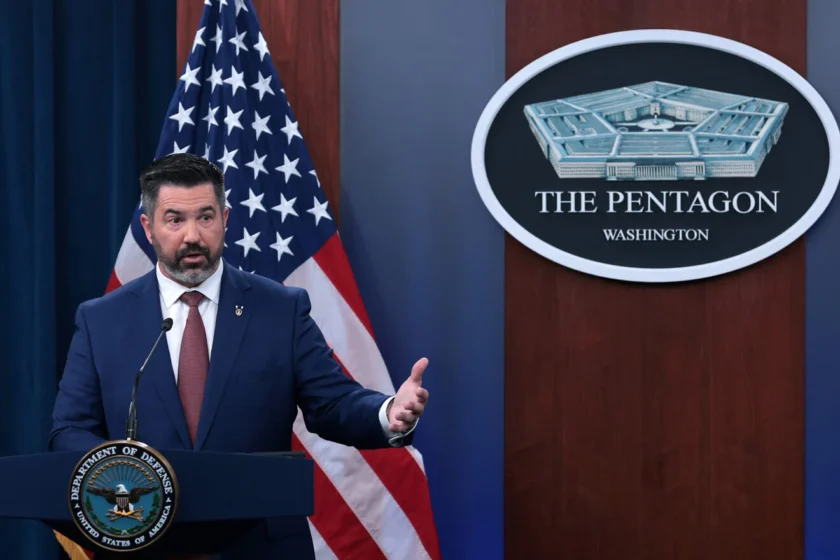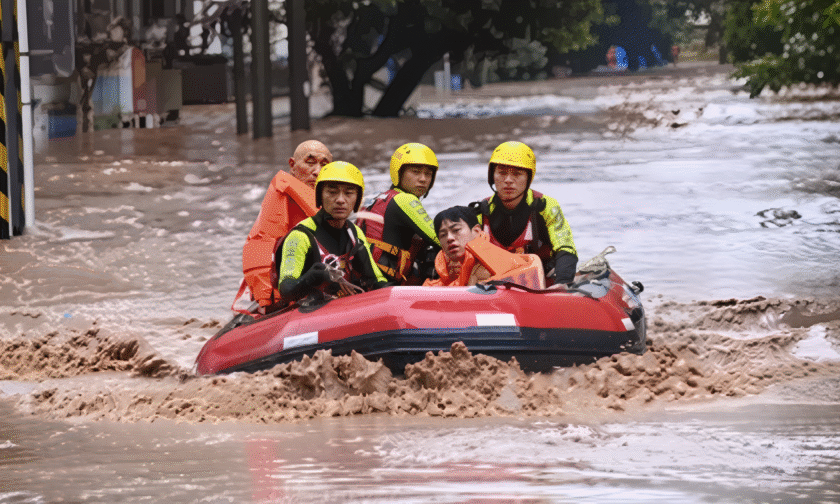Islamabad: Pakistan stands at a pivotal juncture in 2025, its future shaped by a volatile mix of economic fragility, political turbulence, security challenges, and climate-induced crises. With a population of over 240 million, a nuclear arsenal, and a strategic location bridging South Asia and the Middle East, the stakes for Pakistan’s trajectory are high—not just for its people but for the region and the world. This report dives into the hard facts, voices from the ground, and emerging trends to paint a picture of what lies ahead.
Economic Tightrope: Numbers Tell a Tale
Pakistan’s economy is a house of cards teetering on the edge. As of April 2025, foreign exchange reserves hover at $9.8 billion—enough to cover just over two months of imports, a marginal improvement from the $4.3 billion low in 2023 but still perilously thin. The country’s external debt stands at $130 billion, with $80 billion due in the next three years, according to economic analysts. Inflation, though down from a crippling 38% in 2023 to 4.1% in early 2025, remains a specter haunting households, with food prices still 20% higher than pre-2022 levels.
The International Monetary Fund (IMF) has been a lifeline, with a $7 billion Extended Fund Facility approved in 2024. Yet, Finance Minister Muhammad Aurangzeb admitted in a March 2025 address, “We’re stabilizing, but it’s a Band-Aid on a broken system. Without structural reform, we’re just kicking the can down the road.” The “Uraan Pakistan” plan, aiming for 6% GDP growth by 2028 through export-led growth, has sparked hope—exports rose 7.1% in 2024, and IT sector growth hit 28% year-on-year. But skepticism lingers. Economist Dr. Hafeez Pasha warns, “Export growth is a mirage if we don’t fix energy costs and tax the untaxed elite—retail and real estate still dodge the net.”
Foreign direct investment (FDI) offers a glimmer of optimism, up 20% in the first half of FY2025 to $1.2 billion, with giants like Aramco and Samsung eyeing opportunities. Remittances, a backbone of the economy, hit a record $35 billion in 2024. Yet, the World Bank projects a modest 2.5% GDP growth for FY25, a far cry from the 6% ambition, underscoring the gap between vision and reality.
Political Powder Keg: Power Plays and Public Pulse
Politically, Pakistan is a cauldron of tension. The 2024 general election brought a fragile coalition of the Pakistan Muslim League-Nawaz (PML-N) and Pakistan Peoples Party (PPP) to power, sidelining Imran Khan’s Pakistan Tehreek-e-Insaf (PTI). Khan, now imprisoned and facing multiple charges, remains a potent force. “The military thinks it can silence me, but the streets speak louder,” he declared in a smuggled message in February 2025, rallying supporters who clogged highways in protest.
The military’s shadow looms large. General Asim Munir, army chief since 2022, has vowed to stay out of politics, but history suggests otherwise. “The army is Pakistan’s puppet master—elections change the faces, not the strings,” says political analyst Ayesha Siddiqa. Public distrust is palpable: a 2024 Pew survey found 68% of Pakistanis believe the military unduly influences governance, up from 55% in 2020.
Regional unrest adds fuel to the fire. In Balochistan, separatist movements gained traction after the arrest of activist Dr. Mahrang Baloch in December 2024. “We’re not Pakistanis by choice—our resources are plundered, our voices crushed,” she told supporters before her detention. The province, home to the $62 billion China-Pakistan Economic Corridor (CPEC), saw 47 militant attacks in 2024, killing 132, per the South Asia Terrorism Portal.
Security and Extremism: A Persistent Thorn

Security remains a double-edged sword. The Tehrik-i-Taliban Pakistan (TTP) has clawed back ground, launching 357 attacks in 2024, up from 319 in 2020, with 403 fatalities. A January 2025 bombing at a Quetta police mosque killed 101, a grim reminder of their reach. Meanwhile, the Islamic State Khorasan (ISK) has rooted itself in Balochistan, recruiting disaffected youth. “Pakistan’s counterterrorism wins are unraveling—poverty and radicalization are the real enemies,” notes security expert Ikram Sehgal.
Relations with neighbors complicate the picture. Tensions with Taliban-led Afghanistan spiked after cross-border skirmishes in March 2025 left 15 Pakistani soldiers dead. India-Pakistan ties, stagnant since the 2021 Kashmir ceasefire, teeter on the brink, with 69% of Indians still viewing Pakistan as a “very serious threat,” per a 2024 Pew poll.
Climate Catastrophe: The Silent Killer
Climate change is Pakistan’s wildcard. The 2022 floods, which submerged a third of the country and caused $30 billion in losses, were a wake-up call. By 2050, crop losses could hit $19.5 billion annually, per a 2024 World Bank report, threatening food security for a population projected to reach 403 million. Lahore’s air quality, ranked worst globally by IQAir in 2024, claims 128,000 lives yearly from pollution-related illnesses. “We’re choking on progress—development without sustainability is suicide,” says environmentalist Ahmad Rafay Alam.
Voices of the Future
Amid the gloom, resilience shines. IT entrepreneur Fatima Rizwan, whose startup raised $5 million in 2024, sees potential: “Pakistan’s youth—60% under 30—can code us out of this mess if given a chance.” Farmer Ali Raza, hit hard by floods, echoes grit: “We rebuild every time. It’s not hope—it’s survival.”
The Verdict: Collapse or Comeback?
Pakistan’s future hinges on a razor’s edge. Economic reforms could harness its youthful workforce and strategic assets, like the CPEC’s Reko Diq mines, valued at $6 trillion. Political stability, if achieved, might quiet the streets and bolster governance. Yet, failure to address debt, extremism, and climate risks could tip it into chaos. As historian Dr. Ilhan Niaz puts it, “Pakistan’s story is one of defying odds—whether it’s triumph or tragedy depends on choices, not fate.”
In 20-30 years, Pakistan won’t vanish or merge with India—its nuclear status and population ensure that. But it could either rise as a regional player or fracture under its burdens. The clock is ticking, and 2025 is the year to watch.





